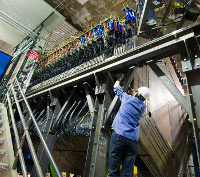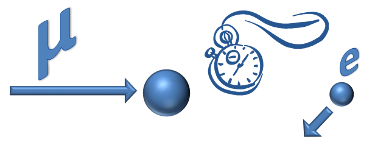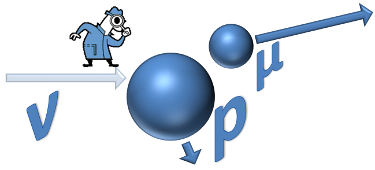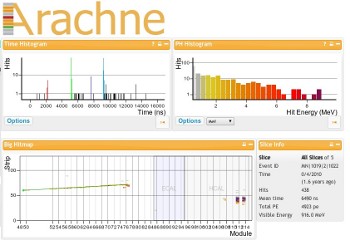
Particle physics data in your classroom?
This site provides information and educational materials intended to provide high-school physics students with an in-depth, hands-on interactive experience with real high-energy particle physics. The materials contained inside should be suitable for a 1-2 weeks module on particle physics as it's done by professional scientists.
You can trust us: this project was developed by a collaboration of high school teachers and research physicists using data from the MINERvA experiment. MINERvA is the name of an experiment at Fermilab that is collecting data on how neutrinos interact with matter.
The science is real, and it works in the classroom. You don't have to be Einstein to do particle physics!
Our goal? To show your students how real scientists creatively solve problems and explore the unseen world of fundamental particles.

Learn more about the conservation of momentum and energy exercise
MINERvA's Arachne Event Display
Arachne is MINERvA's event display. In these exercises, a simple version of Arachne will allow the students to search for and analyze data from the MINERvA detector.Supported browsers include Chrome, Firefox, Safari, but not Internet Explorer (sorry). Test Arachne on your computer by looking at stream of consciousness data from MINERvA.

